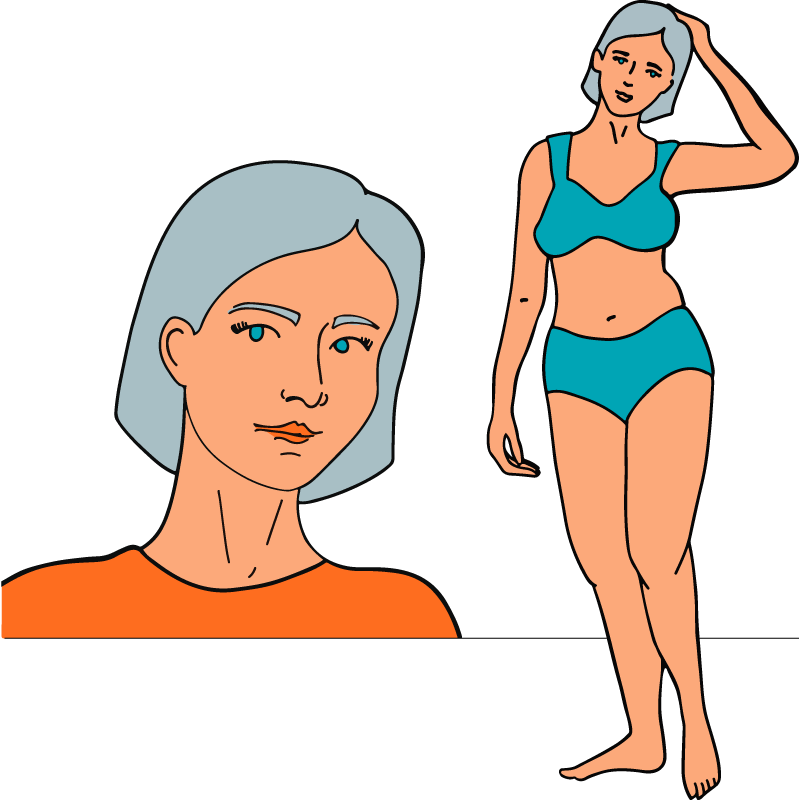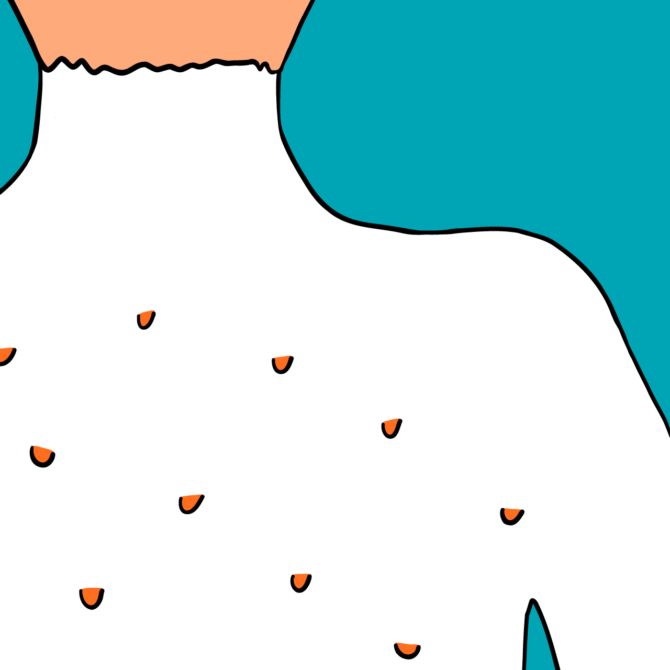Bacne
What is bacne?
As its name suggests, bacne is acne that appears on your back rather than on other parts of the body. Like facial acne, bacne manifests itself as pimples, blackheads, whiteheads, and cysts:
- These are red, inflamed bumps caused by your pores getting clogged, bacteria building up in the pores, and inflammation developing. Pimples may have white pus at their tips. Technically, pimples that contain pus are pustules, whereas pimples that don’t contain pus are papules.
- A blackhead develops when one of your pores gets clogged by sebum (natural oil), bacteria, and dead skin cells. The top of the pore stays open, allowing the pore-clogging material to come into contact with the air, oxidise, and darken, giving the blackhead its dark head. Technically, a blackhead is a comedo, a type of acne lesion. The plural of ‘comedo’ is ‘comedones’, and there are two kinds of comedones: open comedones, which are blackheads; and closed comedones, which are whiteheads.
- As with a blackhead, a whitehead develops when a pore gets clogged by sebum, bacteria, and dead cells; but in a whitehead, the top of the pore closes, making a small, round, white bump on your skin.
- A cyst is a large inflamed lesion nestled deep in the skin and filled with pus. Cysts can be painful and can lead to scarring, so it is best to consult a dermatologist if you suffer them.




 The Tweakments Chatbot
The Tweakments Chatbot